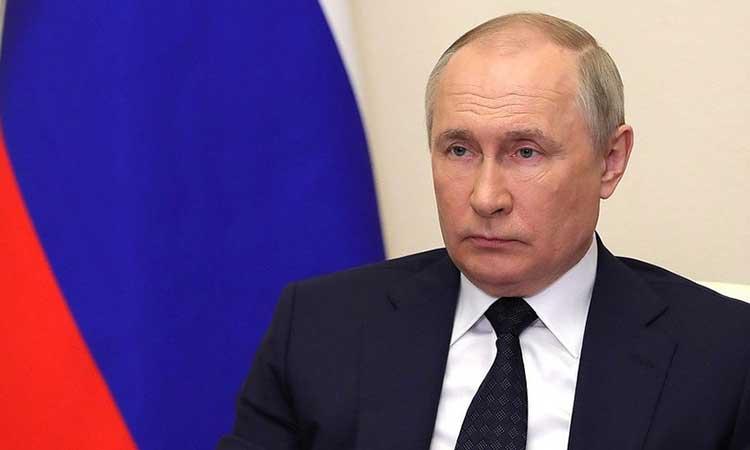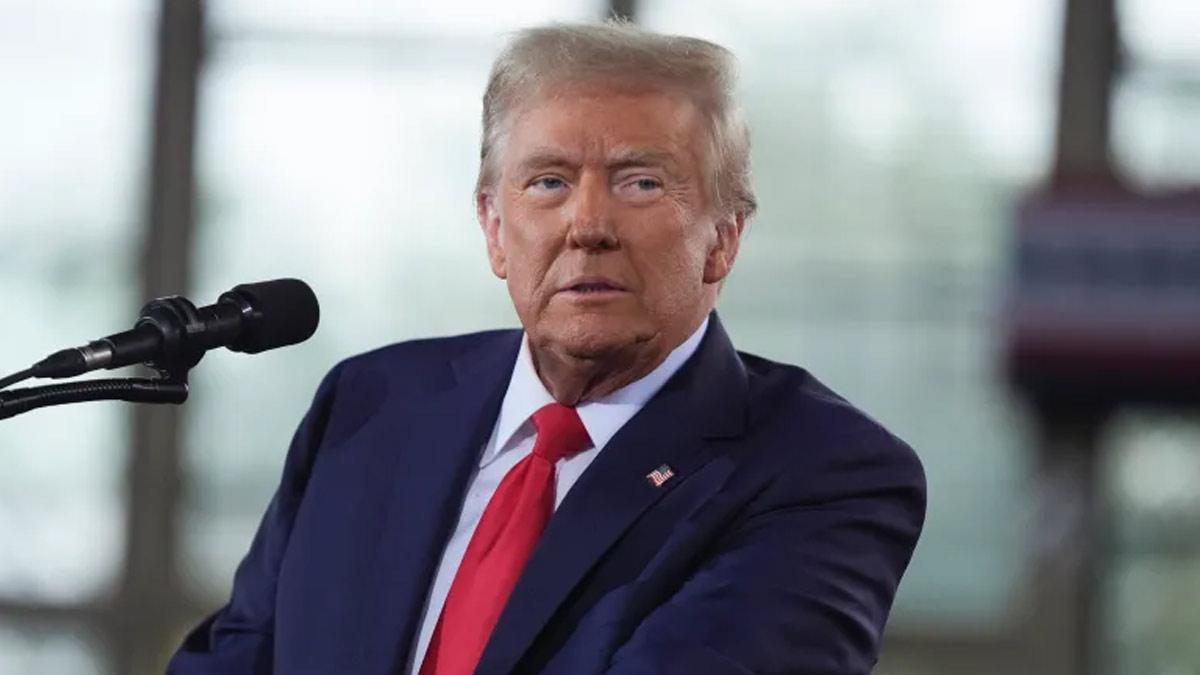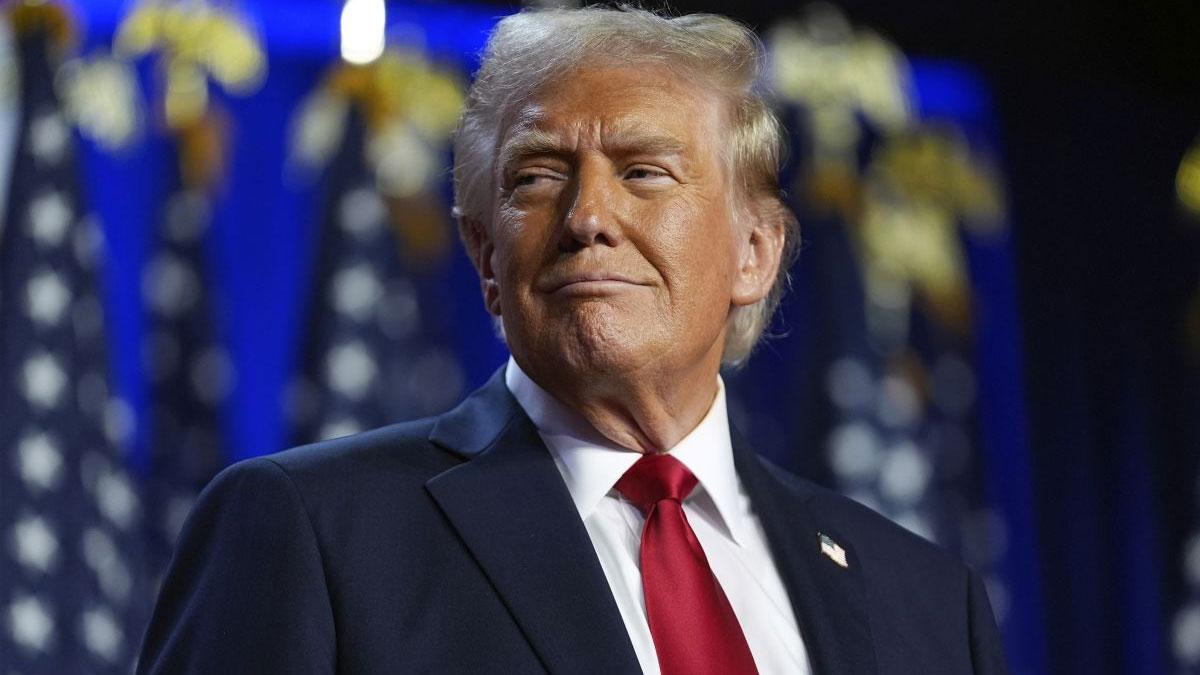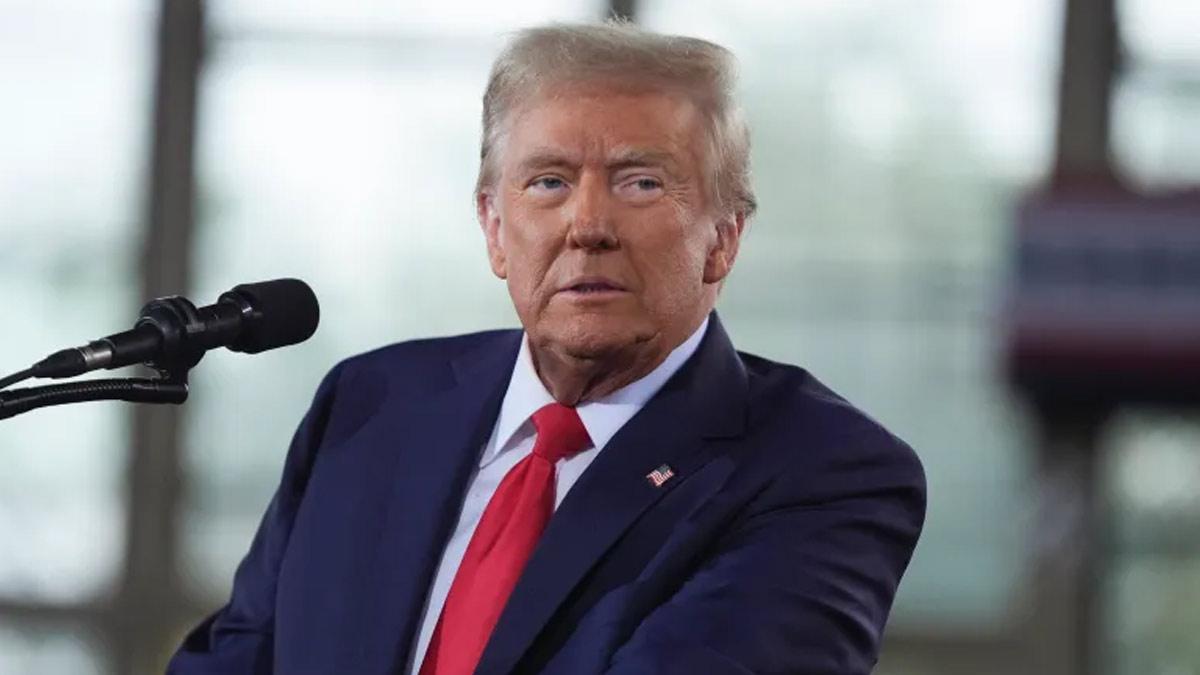Russian President Vladimir Putin, whose invasion of Ukraine and the entrapment in a battlefield quagmire there defies logic, has reveled in making this unpredictability his persona to play mindgames with the nuclear threat.
This peril has put limits on how far the West – which in any case doesn’t really have a firm centre – would go in their defence of Ukraine.
Putin appeared to draw a redline when he said last September that “we will certainly use all the means at our disposal” when his country is “threatened”.
“It’s not a bluff," he added.
In response, US President Joe Biden said the next month that Putin was “not joking when he talks about the use of tactical nuclear weapons or biological or chemical weapons”.
The West is united in its rhetoric against Russia and, to a large extent, financial aid to Ukraine and sanctions on Moscow, but differences emerge when it comes to arming Kiev.
It has drawn its own line, a shifting one, though, on how far to go.
It has moved enough that the US and its allies have slowly started increasing their supply of defence equipment like tanks and F-16 fighter jets -- and even the cluster bombs banned by many in the West.
Germany was reluctant to send Leopard 2 tanks to Ukraine lest it be singled out by Russia and insisted that the US send M1 Abrams tanks as a condition for its aid.
As for F-16s, Biden said Ukraine didn’t need them, but was shamed into agreeing to send them by offers of Denmark and Sweden to send them.
Western Europe – or Europe – itself falls into clusters, some of them overlapping and they all have common interests as well as differences driven by national interests.
There is the military alliance, NATO, whose fears of expansion could have been a factor behind the Russian invasion.
The invasion propelled Finland to give up its neutrality and join the pact. Sweden also joined in – after overcoming objections from Turkey, a country that seldom registers as Western.
Straddling Europe and Asia, it continues to maintain ties with Moscow, acting as the honest broker on matters like facilitating foodgrains export from Ukraine, and in the NATO it has veto powers like all members.
Action by NATO – the only Western body that can act militarily against Russia – is ruled out unless Putin attacks any of its 31 members, who stretch from Greece in the south to Finland in the north, and embrace the US and Canada across the Atlantic.
The European Union (EU), whose ranks have swelled with the admission of 11 countries that were once a part of the Soviet Union or communist-run, has no military might, but it has imposed at least 48 types of sanctions against Russia, which are observed by members.
An outgrowth of economic cooperation, the EU marches towards political and social integration and diplomatic coordination, but still has differences within it.
Britain’s departure from the EU shows its frailty and the limits of it overreach even on matters like agriculture and common product standards.
The Baltic states, once like Ukraine a part of the Russian empire euphemistically known as the Soviet Union till 1991, along with former Soviet vassals like Poland, and former communist states like Romania or the splinters of Yugoslavia, are another cluster.
They are most stridently anti-Russian and for the defence of Ukraine, based on their history; yet, Hungary is soft on Russia.
Hungary’s Prime Minister Viktor Orban has bluntly said that Ukraine has no chance of winning the War and, therefore, the West must make a deal with Russia that would give Kyiv security and sovereignty, but not NATO membership.
The Scandinavian, Northern European and Baltic countries, who see themselves as particularly vulnerable, have been at the forefront of aiding Ukraine.
When aid to Ukraine is adjusted as a percentage of their gross domestic product (GDP), the top donor is Norway, followed by three Baltic nations, Denmark, Poland, Slovakia and the Czech Republic – ranging approximately from 1.5 per cent of the GDP to 0.58 per cent – according to the Ukraine Support Tracker of the Germany-based Kiel Institute.
Besides the US, the three big powers of the West – Germany, France and Britain – march to their own drummer.
Even in the 1960s when the US was seen as “the leader of the Free World” in the standoff with the Soviet Union, France under President Charles de Gaulle struck its own course.
And now the Paris-Washington divide is over China and it was given form in an interview to Politico by France’s President Emmanuel Macron who acknowledged China as the second superpower.
After a visit to Beijing, he railed against the “extraterritoriality of the US dollar”, warned against Europe becoming “vassals” and called for “strategic autonomy”.
The US straddling the Atlantic and the Pacific has to watch both flanks, especially the Pacific where China challenges it.
But the Europeans are not cognisant of the China risk as the US is and, hence, not entirely on board with Washington’s Indo-Pacific priorities making a worldwide response difficult.
Germany, the country with the highest GDP in Europe, has been reluctant to step up to a leadership role given its role in World War II, the most calamitous event of modern times.
Bonn also had a strong economic relationship with Moscow, the most controversial of which was the Nord Stream pipelines to bring gas directly from Russia that it ventured into against Washington’s advice.
The US imposed sanctions on companies associated with the pipelines.
Nord Stream 1, which had been in operation, was shut down last year by Russia after problems with it, while Nord Stream 2 was stopped from coming into operation by Germany – both at great cost to Bonn.
All the three West European majors have rivalries among themselves going back centuries.
Britain is probably the closest ally of the US, but it broke with the rest of Europe by leaving the EU, and even though it provides substantial military aid to Ukraine, it has criticised the US for supplying the controversial cluster bombs to Ukraine.
For now, for all its shortcomings, the US is the closest to a leader of the fractious West -- not quite the leader who can lead them into battle.
Also read | Oppn backs India's position on Russia-Ukraine: Rahul Gandhi
Also read | Kim Jong-un may choose unexpected route to Russia: South Korean intelligence


















